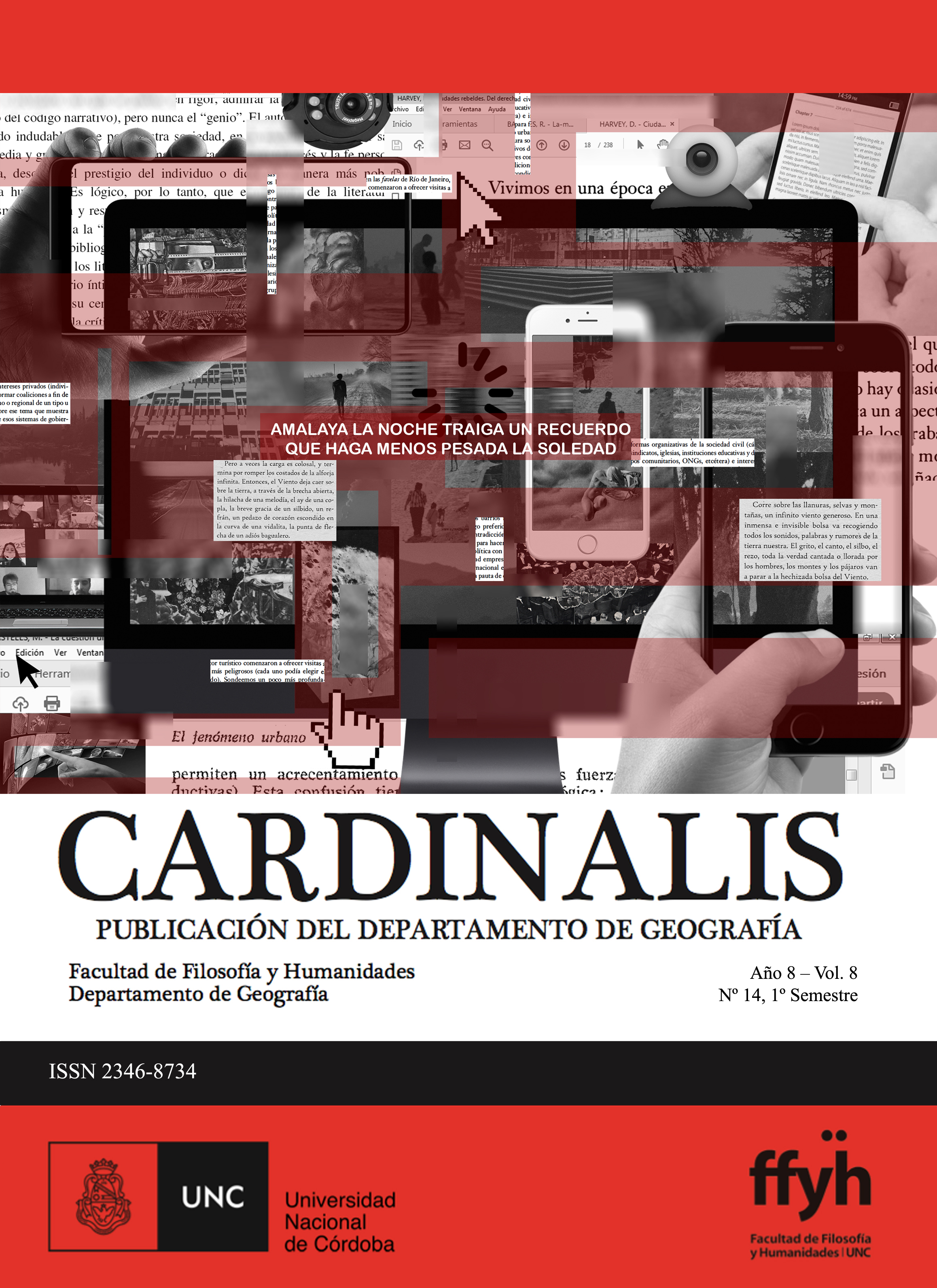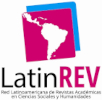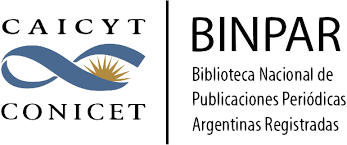The city in a geolitary perspective. Analysis and reflections of two literary works
Abstract
The purpose of this article is to identify those conceptions of the city and other key concepts of the geographical discipline present in two literary works of the 70s, in two different spatial contexts. The work will be developed from a geoliterary perspective, as a way of interpreting the texts of José Luis Romero Latin America. The cities and ideas, and Ítalo Calvino The invisible cities, who based on the analysis of the real city and imaginary, they reveal the conception they adopt about space in their productions. From the methodological point of view, the analysis from the geoliterary perspective will allow an articulated approach between literature and geography, by approaching from the reading of each work to various spatial units, with the possibility of identifying categories and concepts that can be read in context, taking symbolic and particular dimensions of each territory. It is identified how the authors are thinking about the city in their works, and then two common topics in both works are analyzed, that of urban expansion and the concept of border. Finally, some final reflections on how authors understand space are presented, and the main contributions of the geoliterary perspective for the analysis of different literary concepts and works
Downloads
Downloads
Published
Issue
Section
License

This work is licensed under a Creative Commons Attribution-NonCommercial-ShareAlike 4.0 International License.
Aquellos autores/as que tengan publicaciones con esta revista, aceptan los términos siguientes:- Los autores/as conservarán sus derechos de autor y garantizarán a la revista el derecho de primera publicación de su obra, el cuál estará simultáneamente sujeto a la Licencia de reconocimiento de Creative Commons (indicada abajo) que permite a terceros compartir la obra siempre que se indique su autor y su primera publicación esta revista.
- Los autores/as podrán adoptar otros acuerdos de licencia no exclusiva de distribución de la versión de la obra publicada (p. ej.: depositarla en un archivo telemático institucional o publicarla en un volumen monográfico) siempre que se indique la publicación inicial en esta revista.
- Se permite y recomienda a los autores/as difundir su obra a través de Internet (p. ej.: en archivos telemáticos institucionales o en su página web) antes y durante el proceso de envío, lo cual puede producir intercambios interesantes y aumentar las citas de la obra publicada. (Véase El efecto del acceso abierto).

Esta obra está bajo una Licencia Creative Commons Atribución-NoComercial-CompartirIgual 4.0 Internacional.






